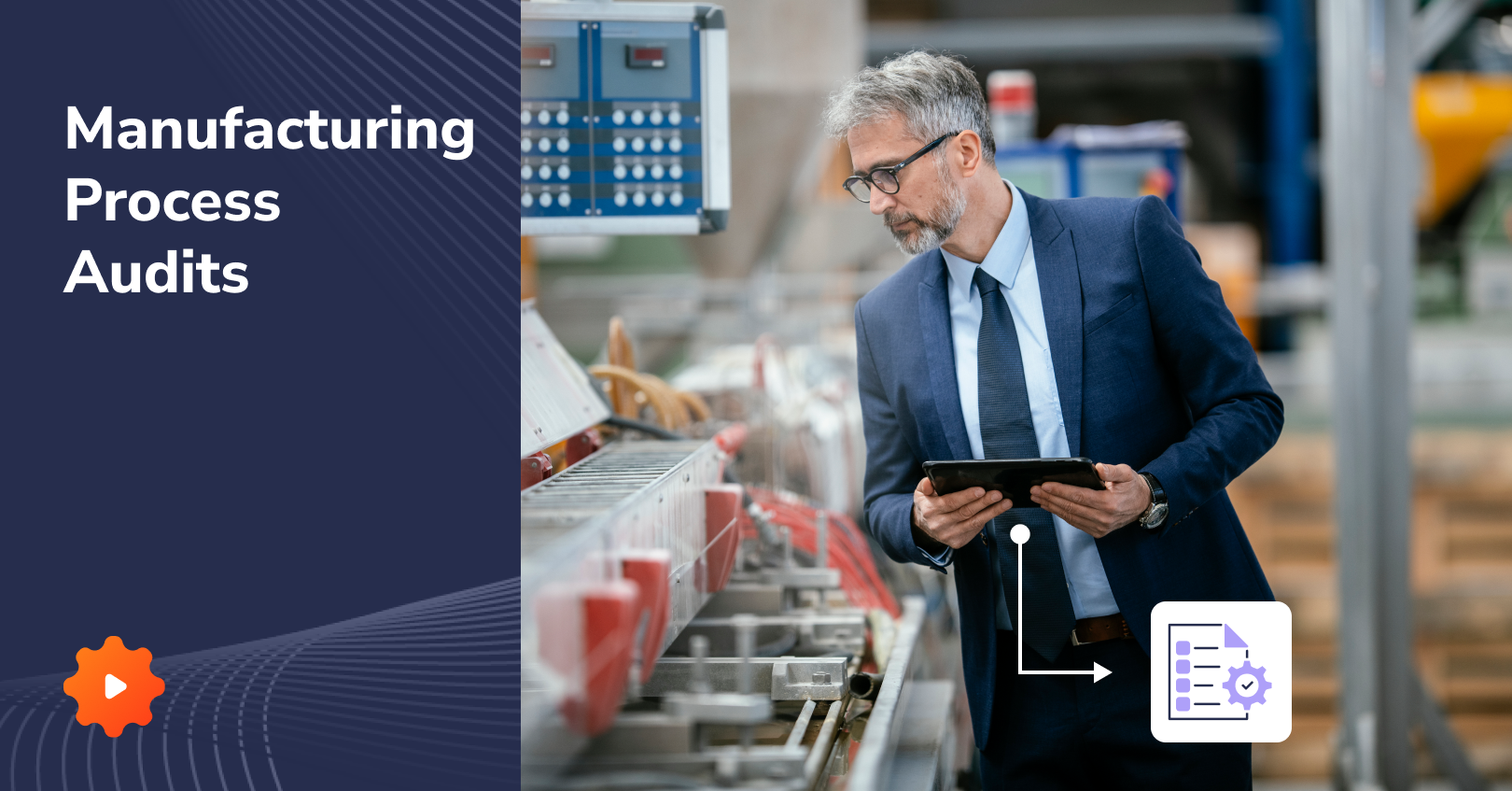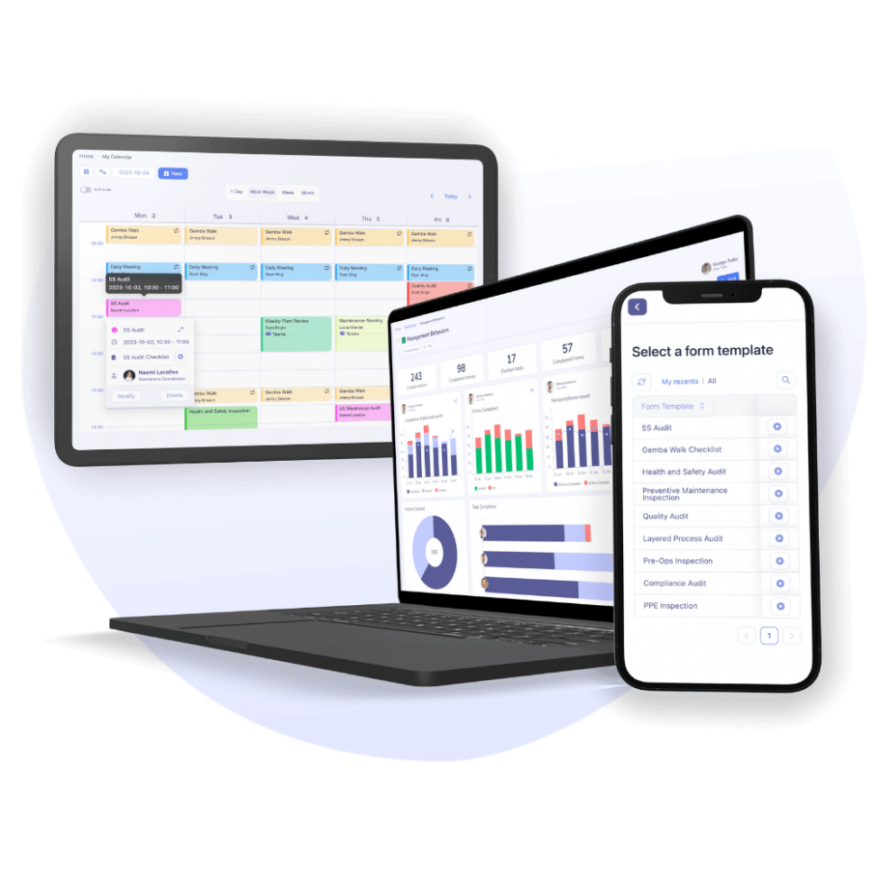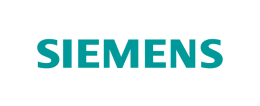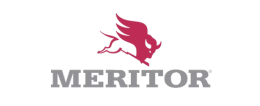Layered Process Audits: Stop Errors and Ace Compliance

| Audience: | Manufacturing Managers, Healthcare Administrators, Operational Excellence and Lean Management Practitioners, HR Coordinators, Organizational Leaders |
| Last updated: | October 3, 2025 |
| Read time: | 7 min |
- Multiple Layers of Auditing: LPAs involve frontline employees, supervisors, managers, and executives, each with a specific focus and scope of assessment.
- Benefits of LPAs: LPAs can help to reduce risks, improve quality, ensure compliance, and foster a culture of continuous improvement.
- Efficiency and Insights: LPAs provide actionable insights through structured audits, helping companies identify non-conformities early and implement preventive measures effectively.
Auditing processes in the manufacturing, distribution, and healthcare sectors is not merely a luxury; it’s the cornerstone of any organization striving for excellence in its products and services. Maintaining high-quality, safe, and efficient procedures cannot be overstated since the repercussions of subpar standards can be damaging, leading to lost customers, rework, product recalls, and reputational damage.
What is a Layered Process Audit (LPA)?
Layered Process Audits (LPA) are structured audits conducted across multiple organizational layers or levels to ensure process compliance. LPAs involve frontline employees, middle management, and upper management. Auditors follow an audit checklist and verify different workplace areas, processes, or assessment criteria depending on their level of authority.
LPAs are a robust quality, safety, and efficiency technique that shifts the focus from inspecting finished products and services to validating the processes that produce them. At their core, LPAs are a proactive approach to management. The primary objective is consistently following operational procedures, maintaining quality standards, rectifying deviations at the earliest possible stage, and driving continuous improvement.

Audit Layers Examples – Involving Multiple Levels of Auditors
At the heart of Layered Process Audits are multiple layers within an organization. These layers involve individuals from various management tiers, each with a distinct focus and scope of assessment:
Layer 1 – Frontline Employees and Operators:
Frontline employees conduct audits within their workstations or areas. Their audits concentrate on adhering to safety standards and standard operating procedures (SOPs). These employees are well-positioned to identify issues as they are directly engaged in day-to-day operations.
Layer 2 – Team Leaders and Supervisors:
Team leaders or supervisors play a pivotal role in conducting audits. These audits mainly verify that team members follow established procedures and safety protocols.
Layer 3 – Managers and Directors:
Middle managers (production managers or department heads) participate in LPAs to assess overall performance. They review processes, resource allocation, and efficiency, often identifying training needs, resource requirements, or improvement opportunities.
Layer 4 – C-Level Executives:
Senior management (top executives) engage in LPAs to gain a high-level view of the organization’s processes. Their audits focus on strategic aspects, such as alignment with organizational goals and regulatory compliance. Senior management’s involvement underscores its commitment to quality and continuous improvement.
Cross-functional Teams:
LPAs may also involve cross-functional teams collaborating to address non-conformity identified during audits. These teams guarantee a comprehensive strategy for overseeing quality, safety, and efficiency control.
Quality Assurance and Continuous Improvement Teams:
Quality assurance and continuous improvement teams are the driving force behind LPA programs. They coordinate the audit schedule, provide training, and promptly take corrective actions. These groups play a crucial role in fostering a culture of accountability.
The overarching principle in conducting LPAs is collaboration among all management levels, relentlessly focusing on transparency, accountability, and continuous improvement.

Industry leaders leverage Tervene to perform their audits & inspections

LPA Frequencies – Scheduling Layered Process Audits
The frequency of Layered Process Audits varies depending on the level conducting the audit: the closer an auditor is to the audited area, the more frequently they will complete the audit. For instance, a line supervisor may perform daily audits, while a plant manager might conduct monthly audits.
Moreover, LPA schedules are an essential tool when implementing Leader Standard Work. Set the LPA schedule for regular assessments and choose from daily, weekly, monthly, or custom recurrence to ensure auditors stay on top of their deadlines.
In brief, establishing clear roles and responsibilities for each layer is necessary to ensure that findings from LPAs are not just isolated observations but catalysts for meaningful progress.
Layered Process Audits hold significance in process improvement, quality, and safety control. Here’s why they are indispensable:
- Limiting and Controlling Risks: LPAs offer a proactive approach by identifying and mitigating process-related risks before they spread. By focusing on workplace safety, process standardization, and compliance, LPAs reduce the probability of errors, inconsistencies, and deviation.
- Improving Quality: By verifying standards and procedures regularly, Layered Process Audits enhance operations before issues arise, leading to a reduction in customer complaints, product recalls, or rework.
- Ensuring Compliance: LPAs are a crucial tool for demonstrating compliance with various certifications and guidelines, including ISO 9001, IATF 16949, and CQI-8 (for automotive quality management), ISO 45001 (for safety management), and ISO 14001 (for environmental management).
- Fostering a Culture of Excellence: Implementing LPAs fosters a culture of continuous improvement within the organization. Employees at all levels are encouraged to identify process enhancements and opportunities for improvement.
Above all, the benefits of LPAs extend beyond tangible improvements to include intangible gains, such as increased floor time for management, reinforced process steps, and the demonstration of the importance of critical processes to the entire organization.
The transition from traditional paper-based audits to digital Layered Process Audits offers countless advantages:
- Faster and More Efficient Audits: Digital LPAs simplify the audit process, making it quicker and more efficient. Thanks to user-friendly interfaces, auditors can complete audits in a fraction of the time required for paper-based audits.
- Improved Management of Corrective and Preventive Actions (CAPAs): Managing CAPAs becomes more efficient with digital LPAs. It facilitates the prompt identification and resolution of issues, reducing the time lag between issue identification and resolution.
- Standardized Document Version Control: Digital LPAs ensure up-to-date audit forms and checklists are available across the organization. This standardization simplifies comparisons across different sites and versions.
- Instantaneous Metrics and Data Analysis: Digital LPAs enable real-time data collection. This immediacy ensures that audit results are readily available, allowing swift corrective actions.
- Enhanced Data Security: Technology-based audits are encrypted to protect data from unauthorized access, providing higher data security than paper-based audits.
- Reduction of Hidden Costs: While paper-based systems may seem cost-effective, they often entail hidden costs in terms of time and effort spent on paperwork. Digital LPAs eliminate these hidden costs.
Digital LPAs also improve visibility into document modifications, prevent manual errors, and facilitate continuous improvement initiatives. With digital solutions, users can assign audits efficiently, ensuring that the right individuals receive the correct requests at the right time.
Digital Layered Process Audit tools are at the forefront of enabling companies to implement an LPA Program and to conduct audits quickly and efficiently. Digital LPAs offers a wide range of features and benefits, including:
Features:
- LPAs Schedules: Effortlessly manage audit schedules to ensure timely assessments.
- Checklists: Create comprehensive lists tailored to your organization’s needs.
- Corrective and Preventive Actions Management: Seamlessly track and manage corrective actions.
- Problem Escalation: Quickly escalate issues to ensure swift resolution.
- Task Management: Efficiently manage tasks associated with LPAs.
- Audit Reporting and Analytics: Access real-time reports and analytics to drive data-informed decisions.
Benefits:
- Ease of Use: Ensure auditors can navigate the assessment process effortlessly.
- Administrative Efficiency: Streamline implementation, eliminating administrative burdens and the need for the retranscription of data.
What makes LPAs different from other audits?
Most audits feel like big events. They happen once or twice a year. There’s a lot of prep work, and when it’s done, everyone moves on. Layered Process Audits flip this idea on its head. They’re built to happen every day, not every year.
Here’s what sets LPAs apart:
| LPAs | Traditional audits |
| Frequent (daily, weekly) | Infrequent (quarterly, annually) |
| Short (10–15 mins) | Long (hours or days) |
| Focus on process | Focus on results |
| Multiple levels participate | Usually done by quality team |
| Proactive = catches errors early | Reactive = often after issues occur |
| Builds everyday quality culture | Often seen as an isolated event |
When you start using LPAs, you’ll see issues shrink, morale rise, and compliance improve. It’s a simple idea that drives big results.
Discover Tervene’s LPA tools
Who should be involved in LPAs?
Layered Process Audits hold significance in process improvement, quality, and safety control. Here’s why they are indiThe short answer? Everyone, from the shop floor to the top floor.
That’s one of the key strengths of Layered Process Audits. They bring together people at all levels, building a strong quality culture. When you get everyone involved, you’re more likely to catch issues early and keep processes running smoothly.
Here’s how it typically looks:
- Operators and team leads: They know the process best. Their insights help spot small problems before they grow.
- Supervisors and middle managers: They check that standards are followed and help coach team members.
- Senior leaders and executives: Their participation shows that quality matters. When leadership walks the floor, people take notice.
It’s not about having one “quality cop.” LPAs work when responsibility is shared. You’ll build buy-in because people see that quality isn’t just someone else’s job.
To help you set up the right rotation, here’s a simple example of who can do LPAs and how often:
| Role | Typical frequency |
| Operators/Team leads | Daily |
| Supervisors | Daily |
| Middle managers | Weekly |
| Plant managers/Directors | Monthly |
| Executives | Quarterly |
You don’t need to overwhelm the team. A simple rotation works well for different people doing quick audits on a regular schedule.
How do you choose what to audit with your layered audit template?
When it comes to Layered Process Audits, not everything needs to go on the checklist. You want to focus on what matters most.
Start by asking: Where do mistakes happen? Look at past issues, scrap data, customer complaints, and audit findings. These will point you to weak spots.
Next, think about what’s critical to safety, quality, and compliance. If a mistake in a process could hurt someone or lead to a major defect, that’s a must-audit item.
You should also consider processes that rely on human actions. Machines usually follow set programs, but people can miss steps. LPAs are great for checking these areas.
Here are some common things to audit:
- Key process steps
- Critical safety checks
- Correct use of tools and equipment
- Work instructions and standard procedures
- Proper material handling
Don’t try to audit everything at once. Focus on the highest risks first. You can rotate topics over time and update your checklists as you learn more.
The goal is to catch errors before they happen. When you choose the right things to audit, LPAs become a simple, powerful way to improve quality every day.
How often should a Layered Process Audit procedure be done?
One of the great things about LPAs is that they’re frequent, and that’s what makes them so effective.
Unlike traditional audits, which might happen once a quarter or once a year, LPAs happen daily or weekly. The idea is to create a steady drumbeat of quality checks that keep processes on track.
Here’s a simple way to think about it:
- Supervisors might do LPAs daily.
- Middle managers might audit once or twice a week.
- Senior leaders might audit once a month or quarterly.
This “layered” frequency ensures that every level of the organization keeps eyes on the process. Problems get caught early, before they grow.
How often should you do them? It depends on the process and the risk. For critical processes (or ones with a history of issues), you’ll want more frequent checks. For stable, low-risk processes, you can space them out.
Remember: LPAs should be quick (10–15 minutes), so they’re easy to fit into the daily routine.
The key is consistency. When LPAs become a regular habit, they drive real improvements. You’ll see better compliance, fewer errors, and a stronger quality culture.
What should you do after each Layered Process Audit?
Doing an LPA is only part of the story. What really makes a difference is what you do after each audit.
First, always take a minute to review what you found. If everything’s on track – great! Acknowledge it. Positive feedback builds good habits.
If you spot a problem, act right away. Don’t wait until the next audit. Quick action helps prevent small issues from turning into big ones.
Here’s a simple checklist for after each LPA:
- Fix minor problems on the spot (if possible)
- Escalate bigger issues that need more attention
- Record your findings, both good and bad
- Give feedback to the team
It’s also important to follow up. If an issue needs fixing, check back to make sure it was really solved. This builds trust – you’re showing the team that their efforts matter.
Here’s a quick checklist to guide your follow-up:
| Step | What to do |
| Confirm results | Review findings with the team on the spot |
| Fix simple issues | Resolve them immediately if possible |
| Log results | Record in your system (paper or digital) |
| Escalate bigger issues | Alert the right person/level |
| Track corrective actions | Follow up until verified as completed |
| Analyze trends regularly | Spot patterns and update audit focus if needed |
Over time, review your LPA results. Look for patterns. Are certain problems popping up again and again? That’s a signal to dig deeper and improve the process.
What is a Layered Process Audit software?
LPAs work best when they’re simple to run, and even easier to track. But let’s be honest: if you’re using paper checklists or spreadsheets, things can get messy fast. Audits get missed. Data is hard to follow up on. Trends slip through the cracks.
That’s where tools like Tervene can really help. Tervene’s platform is designed to make LPAs smooth, consistent, and actionable.
Here’s how it helps:
- Plan and schedule audits automatically, so nothing falls through the cracks
- Standardize checklists, making sure everyone audits the right things
- Capture results digitally – no more paper or manual data entry
- Track issues and actions in real time
- Analyze trends so you can spot and solve recurring problems
When you use a tool like Tervene, you’ll free up time and keep your LPA program running like clockwork. Plus, it’s easier to keep everyone engaged, because they’ll see the progress you’re making.
You don’t have to manage LPAs the hard way. With a little tech support, you’ll drive better results, faster.
What are common LPA mistakes and how to avoid them?
Even the best LPA programs can run into trouble if you’re not careful. The good news? Most issues are easy to fix once you know what to watch for. Here are some common LPA mistakes and how you can avoid them:
1. Audits Become a Checklist Exercise (Without Layered Process Audit Tools)
If people rush through LPAs just to “check the box,” you lose the real value. LPAs should be about finding and fixing problems, not just completing a form.
Here’s how to keep them meaningful: Remind auditors why LPAs matter. Celebrate wins when audits prevent issues.
2. Not Acting on Findings From the Layered Process Audit Questions
Audits that uncover problems (then go nowhere) frustrate teams. You’ll lose credibility if issues aren’t addressed. To avoid this trap, always follow up. Track actions and verify fixes.
3. Inconsistent Manufacturing Process Audit Quality
When some auditors take LPAs seriously and others don’t, results suffer. To solve the problem, train all auditors. Use clear, simple checklists and review the process regularly.
4. Not Adjusting Focus Over Time
Your LPA program shouldn’t stay static. If you’re always auditing the same things, you’ll miss new risks. To keep audits fresh, review LPA data. Update checklists based on trends and recent issues.
5. Leaders Not Participating
When leadership skips LPAs, others start to think they’re not important. To build engagement, schedule leadership audits. Their presence drives culture.
If you stay mindful of these traps, you’ll keep your LPA program fresh, effective, and valuable. And you’ll build a stronger culture of quality, one audit at a time.
6. Lack of Layered Process Audit Training
If people don’t understand how LPAs work (or why they matter), the audits won’t be effective. They may miss key issues or skip important steps. To avoid this mistake provide basic LPA training for everyone involved. Show the purpose, process, and what good audits look like.
If people don’t understand how LPAs work (or why they matter), the audits won’t be effective. They may miss key issues or skip important steps.
To avoid this mistake provide basic LPA training for everyone involved. Show the purpose, process, and what good audits look like.
Tervene is a leading provider of Layered Process Audit solutions, empowering organizations to enhance quality, efficiency, and compliance. With a proven track record across manufacturing, distribution, and healthcare industries, the software company helps over a hundred clients reach new heights of operational excellence. Discover how Tervene’s innovative software can supercharge your organization’s approach to Layered Process Audits.
Build a robust LPA program and simplify your Layered Process Audits
Tervene is a leading provider of digital Layered Process Audits. Our tools empower organizations to enhance quality, efficiency, and compliance. With a proven track record across manufacturing and healthcare industries, Tervene helps hundreds of clients reach new heights of operational performance.
Tervene makes LPAs effortless
- Perform your LPAs on mobile or tablet
- Build custom LPA checklists
- Schedule periodic LPAs
- Report and monitor LPA compliance throughout your team
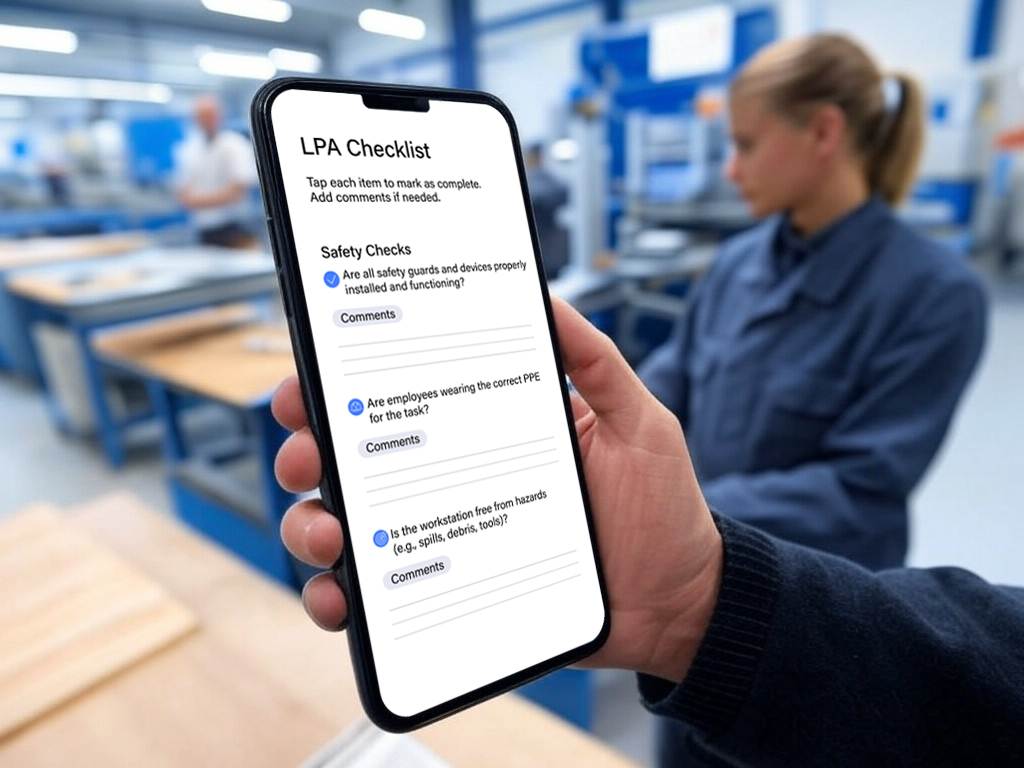
FAQ: Layered Process Audits (LPAs)
Layered Process Audits are structured audits conducted across different organizational levels. They focus on verifying compliance with processes rather than inspecting finished products, ensuring operational consistency, quality, and safety.
LPAs involve employees at all levels:
- Frontline workers audit daily processes at their workstations.
- Supervisors verify compliance with safety standards and team procedures.
- Managers assess broader performance and resource allocation.
- Executives evaluate strategic alignment and regulatory adherence.
LPAs help identify and mitigate risks early, improve product quality, reduce rework or recalls, ensure compliance with certifications like ISO 9001 or ISO 45001, and foster a culture of accountability and continuous improvement.
The frequency depends on the auditor’s level. Frontline audits may be daily, supervisors typically audit weekly, and managers and executives conduct audits less frequently, such as monthly or quarterly.
LPAs involve these steps: defining critical processes, creating detailed checklists, assigning auditors from different levels, setting a regular audit schedule, documenting findings, analyzing trends, and managing corrective actions.
Traditional audits focus on end products or periodic evaluations, while LPAs emphasize process validation at every level of the organization and occur more frequently.
Digital tools simplify scheduling, data collection, and analysis. They reduce errors, enhance data security, and provide instant feedback, enabling faster corrective actions.
Yes, LPAs complement systems like Leader Standard Work and continuous improvement initiatives, making them versatile for enhancing overall operational excellence.
Manufacturing, healthcare, and distribution industries benefit significantly by reducing errors, improving compliance, and streamlining operations.

